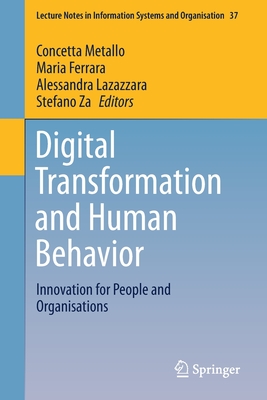Practical Software Development Techniques: Tools and Techniques for Building Enterprise Software
暫譯: 實用軟體開發技術:企業軟體建置的工具與技術
Edward Crookshanks
- 出版商: Apress
- 出版日期: 2014-11-07
- 售價: $2,230
- 貴賓價: 9.5 折 $2,119
- 語言: 英文
- 頁數: 212
- 裝訂: Paperback
- ISBN: 1484207297
- ISBN-13: 9781484207291
海外代購書籍(需單獨結帳)
相關主題
商品描述
This book provides an overview of tools and techniques used in enterprise software development, many of which are not taught in academic programs or learned on the job. This is an ideal resource containing lots of practical information and code examples that you need to master as a member of an enterprise development team.
This book aggregates many of these "on the job" tools and techniques into a concise format and presents them as both discussion topics and with code examples. The reader will not only get an overview of these tools and techniques, but also several discussions concerning operational aspects of enterprise software development and how it differs from smaller development efforts.
For example, in the chapter on Design Patterns and Architecture, the author describes the basics of design patterns but only highlights those that are more important in enterprise applications due to separation of duties, enterprise security, etc.
The architecture discussion revolves has a similar emphasis – different teams may manage different aspects of the application’s components with little or no access to the developer.
This aspect of restricted access is also mentioned in the section on logging.
Theory of logging and discussions of what to log are briefly mentioned, the configuration of the logging tools is demonstrated along with a discussion of why it’s very important in an enterprise environment.
What youll learn
- Version control in a team environment
- Debugging, logging, and refactoring
- Unit testing, build tools, continuous integration
- An overview of business and functional requirements
- Enterprise design patterns and architecture
Who this book is for
Student and software developers who are new to enterprise environments and recent graduates who want to convert their academic experience into real-world skills. It is assumed that the reader is familiar with Java, .NET, C++ or another high-level programming language. The reader should also be familiar with the differences between console applications, GUI applications and service/daemon applications.
Table of Contents
1: Version Control
2: Unit Testing and Test Driven Development
3: Refactoring
4: Build Tools and Continuous Integration
5: Debugging
6: Development Methodologies and SDLC
7: Design Patterns and Architecture
8: Software Requirements
9: Just Enough SQL
Appendix A: Enterprise Considerations and Other Topics
Appendix B: Discussion Questions
Appendix C: Database details
Appendix D: Bibliography
商品描述(中文翻譯)
這本書提供了企業軟體開發中使用的工具和技術的概述,其中許多並未在學術課程中教授或在工作中學習。這是一本理想的資源,包含了大量實用資訊和程式碼範例,幫助您作為企業開發團隊的一員掌握所需的技能。
本書將許多這些「在職」的工具和技術整合成簡明的格式,並將其呈現為討論主題和程式碼範例。讀者不僅能夠獲得這些工具和技術的概述,還能參與有關企業軟體開發的運作方面的多次討論,以及它與較小開發工作之間的差異。
例如,在有關設計模式和架構的章節中,作者描述了設計模式的基本概念,但僅強調那些在企業應用中因職責分離、企業安全等原因而更為重要的模式。
架構討論也有類似的重點——不同的團隊可能管理應用程式組件的不同方面,幾乎沒有或完全沒有接觸到開發者。
這種受限訪問的方面在日誌記錄的部分也有提到。
日誌記錄的理論和應該記錄什麼的討論被簡要提及,並展示了日誌工具的配置,並討論了在企業環境中為什麼這非常重要。
您將學到的內容:
- 團隊環境中的版本控制
- 除錯、日誌記錄和重構
- 單元測試、建置工具、持續整合
- 商業和功能需求的概述
- 企業設計模式和架構
本書適合對象:
本書適合新進企業環境的學生和軟體開發者,以及希望將學術經驗轉化為實際技能的應屆畢業生。假設讀者熟悉 Java、.NET、C++ 或其他高階程式語言。讀者還應該熟悉控制台應用程式、GUI 應用程式和服務/守護進程應用程式之間的差異。
目錄:
1: 版本控制
2: 單元測試和測試驅動開發
3: 重構
4: 建置工具和持續整合
5: 除錯
6: 開發方法論和軟體開發生命週期 (SDLC)
7: 設計模式和架構
8: 軟體需求
9: 足夠的 SQL
附錄 A: 企業考量和其他主題
附錄 B: 討論問題
附錄 C: 資料庫細節
附錄 D: 參考書目


























![GO! with Internet Explorer 11 Getting Started [Paperback]-cover](https://cf-assets2.tenlong.com.tw/products/images/000/083/554/medium/51BChuOD4ZL.jpg?1525773520)




